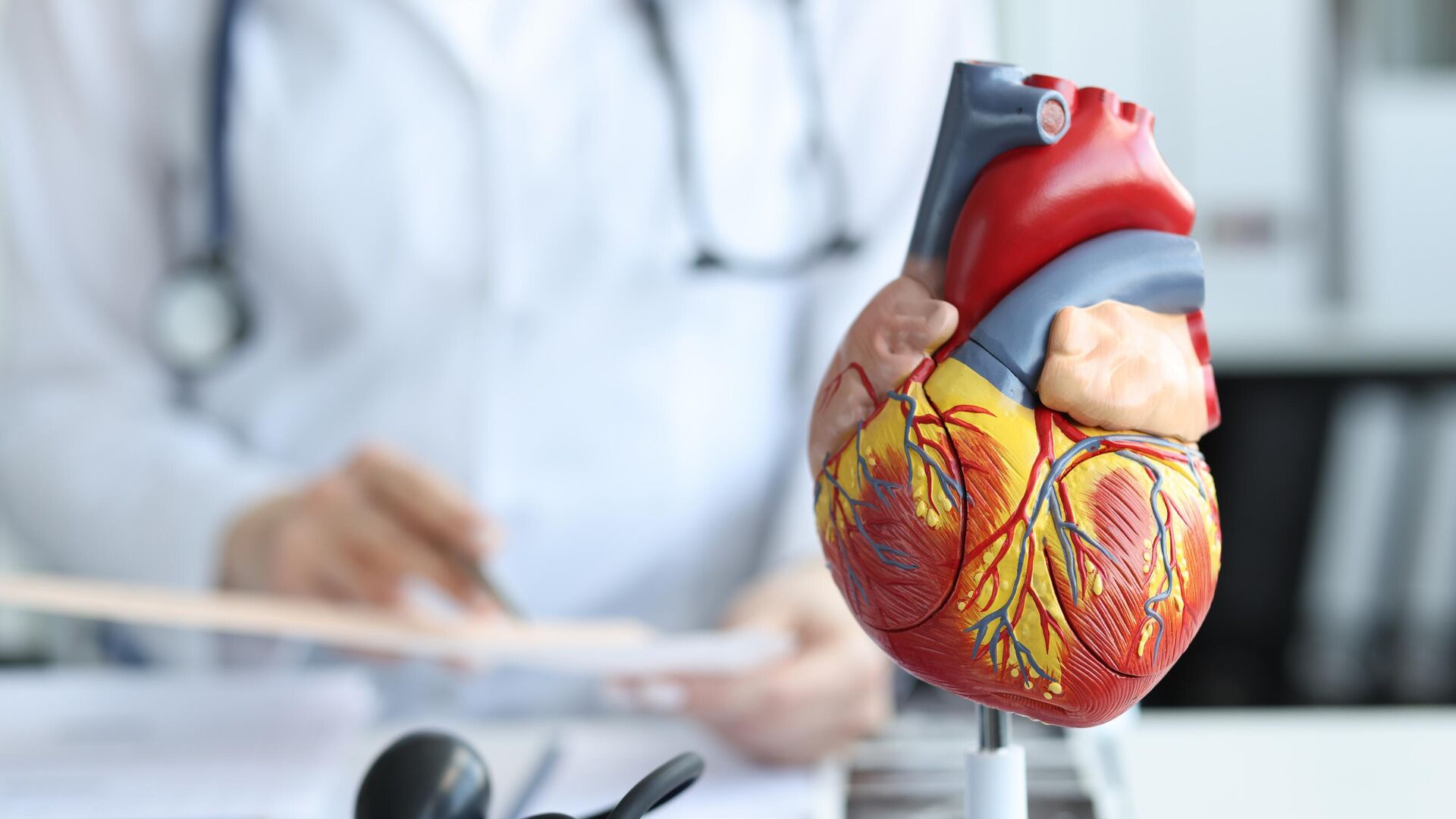
MOSCOW, 21 Feb. Scientists from Tomsk State University of Control Systems and Radioelectronics (TUSUR) are developing non-contact sensors to monitor the state of the stent and collect blood flow parameters in the vessels after stenting. The authors of the development believe that it will reduce the risk of postoperative complications. This is the world's first monitoring system of this type, the Priority-2030 project office of TUSUR said.
As one of the authors of the work, Associate Professor of the Department of Industrial Electronics of TUSUR Denis Pakhmurin, said, the development of the sensor is being initiated by cardiologists.
One of the goals of the state program of the Russian Federation «Health Development» is to reduce mortality from diseases of the circulatory system to 450 cases per 100 thousand people by 2024. This means that tens of thousands of stents will be required per year for cardiac surgery.
Installation of a stent (metal or plastic cylindrical frame) in the vessels provides expansion of the area narrowed by the pathological process. Thanks to this, it is possible to restore and maintain normal blood flow.
However, in patients undergoing such an operation, various complications may occur. For example, in aortic aneurysm, the most common complication is leakage (52%), thrombosis is observed in 3.2% of cases, stent migration is up to 5%, TUSUR said.
Stenting is not a guarantee that all circulatory problems will be eliminated, scientists say. According to them, constant monitoring of the state of the stent and the vessel in which it is installed is required. Now, for this, a special sensor is inserted through a puncture in the vessel and then brought to the place where the stenting was performed (usually in the groin).
TUSUR scientists announced the development of the world's first technology that will turn the stent itself into a sensor. According to them, such a stent will be able to transmit data on pressure and blood flow velocity in a non-contact way. The conducted experiments confirmed the possibility of solving this problem at the macro level, the researchers note. Now we need to solve it at the micro level.
«
«Postoperative complications can be excluded, or at least detected and eliminated in a timely manner due to the fact that it will be possible to check the blood flow parameters in the stent insertion area even on an outpatient basis» , — said Denis Pakhmurin.
He also noted that the sensor will not have a built-in power source (batteries, etc.). The sensor will simultaneously be an antenna that receives an external signal, converts it into energy for operation, and then, using it, sends information to a device that will process it and display the result on the screen in a user-friendly form.
Specialists noted that at the moment there are no analogues of the device and technology being developed (as applied to solving the task at hand).
In the future, scientists plan to develop full-scale models and directly sensors that are safe for the body and allow tracking the necessary indicators.
Works in this area are provided for in the strategic project of the university development program until 2030, which is being implemented within the framework of the state program of the Ministry of Education and Science «Priority-2030».

